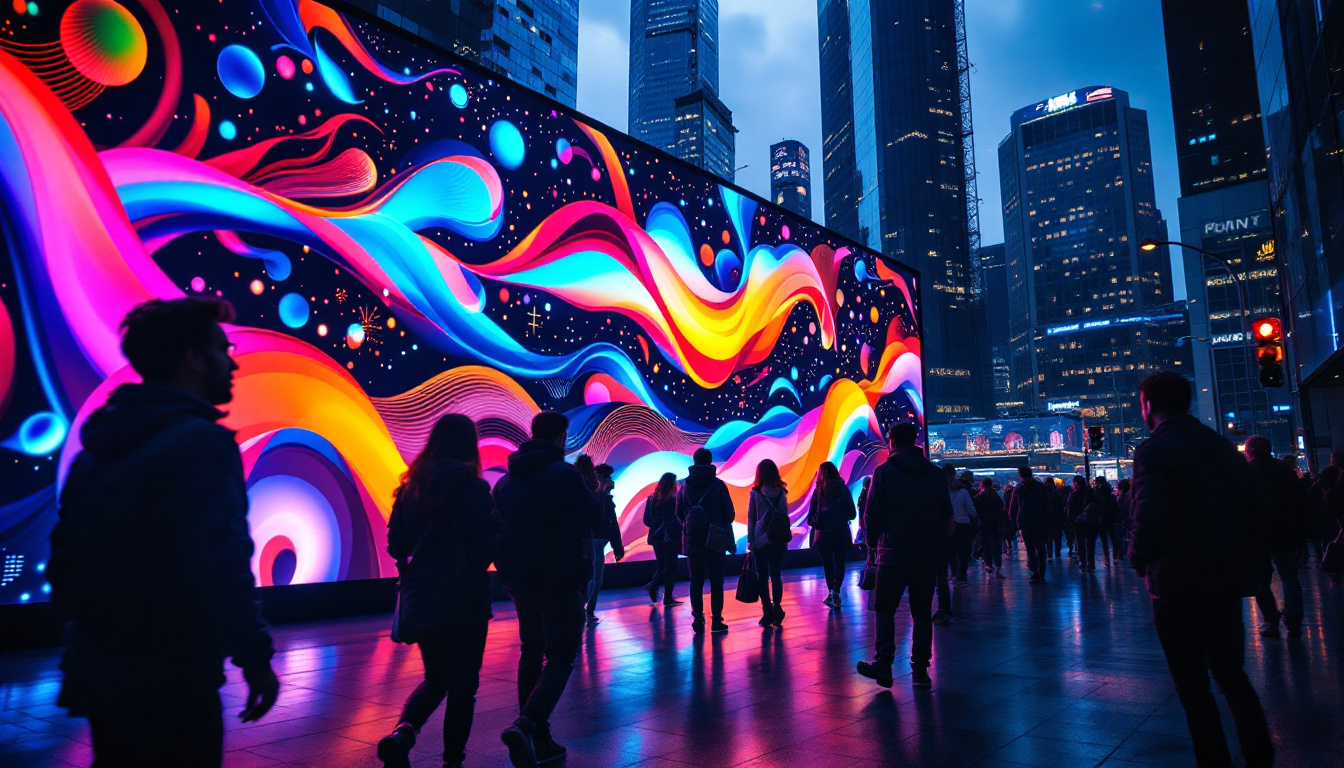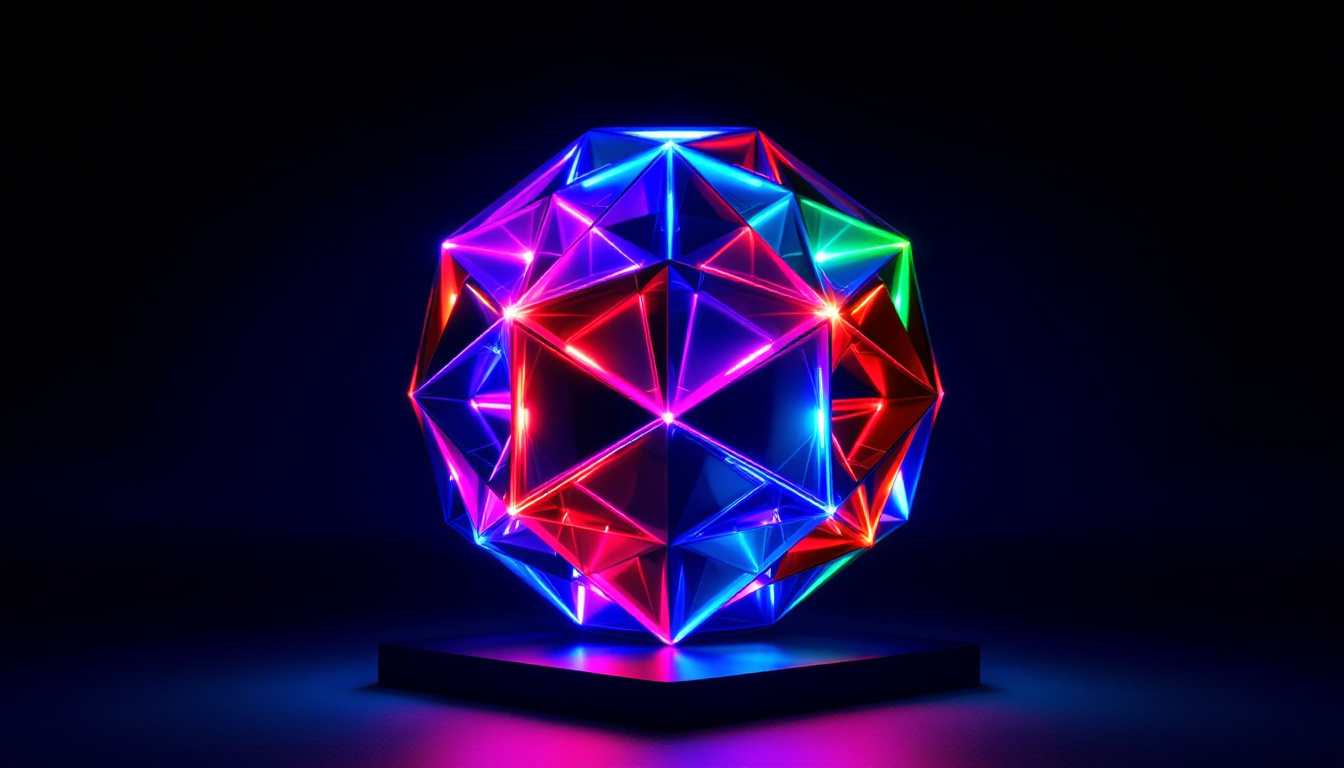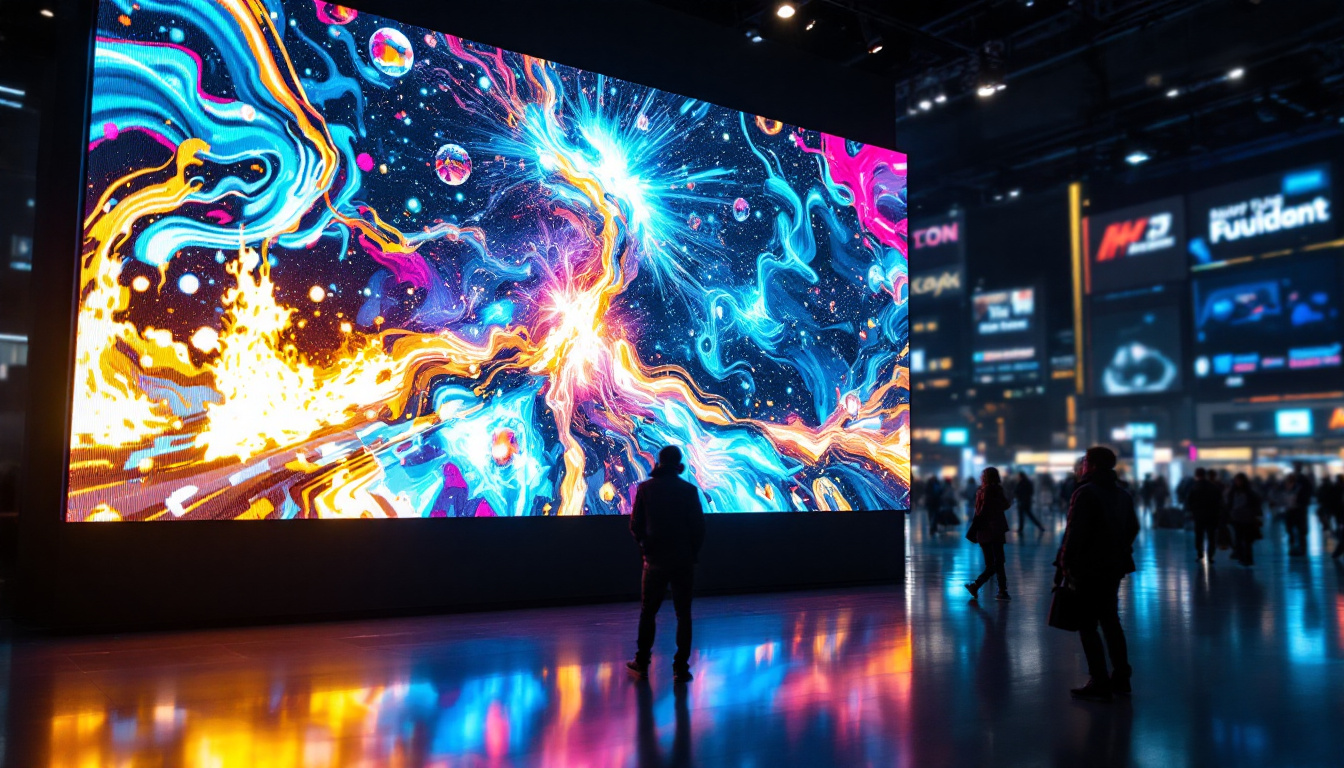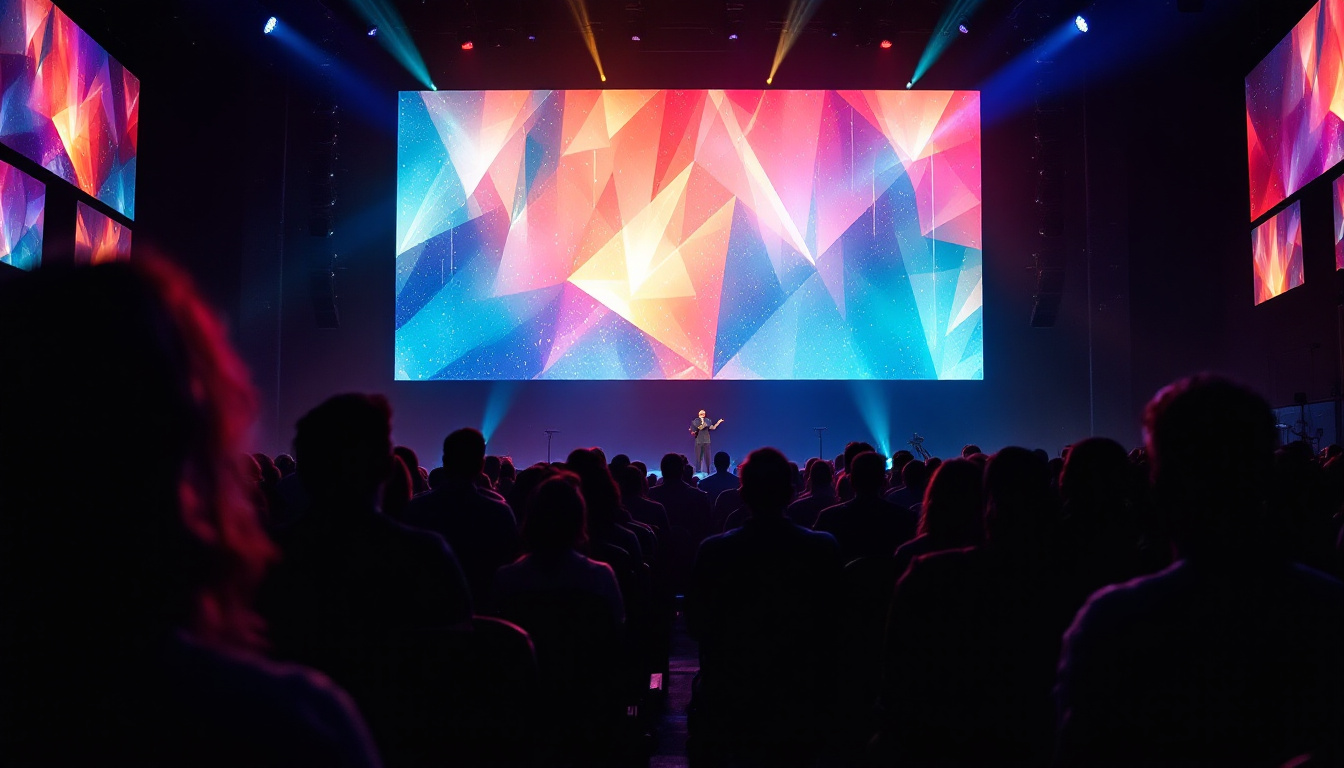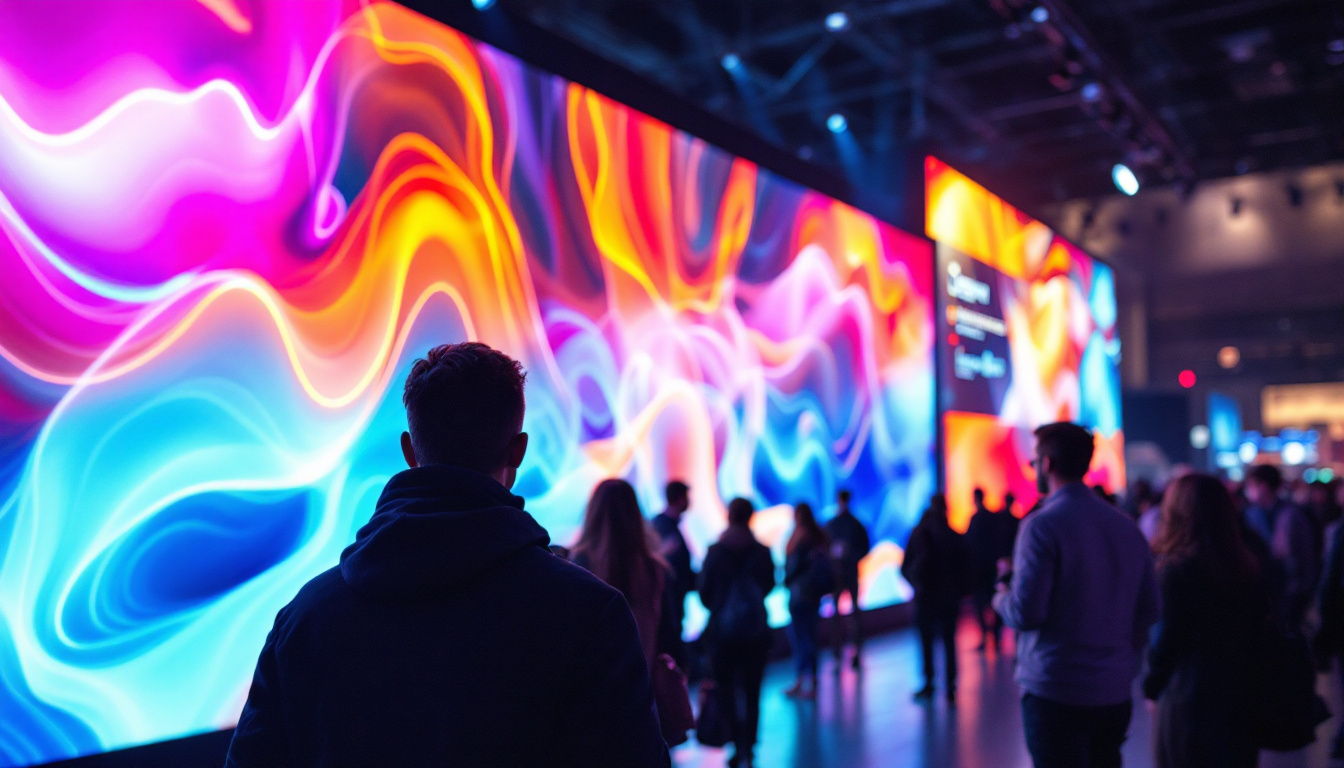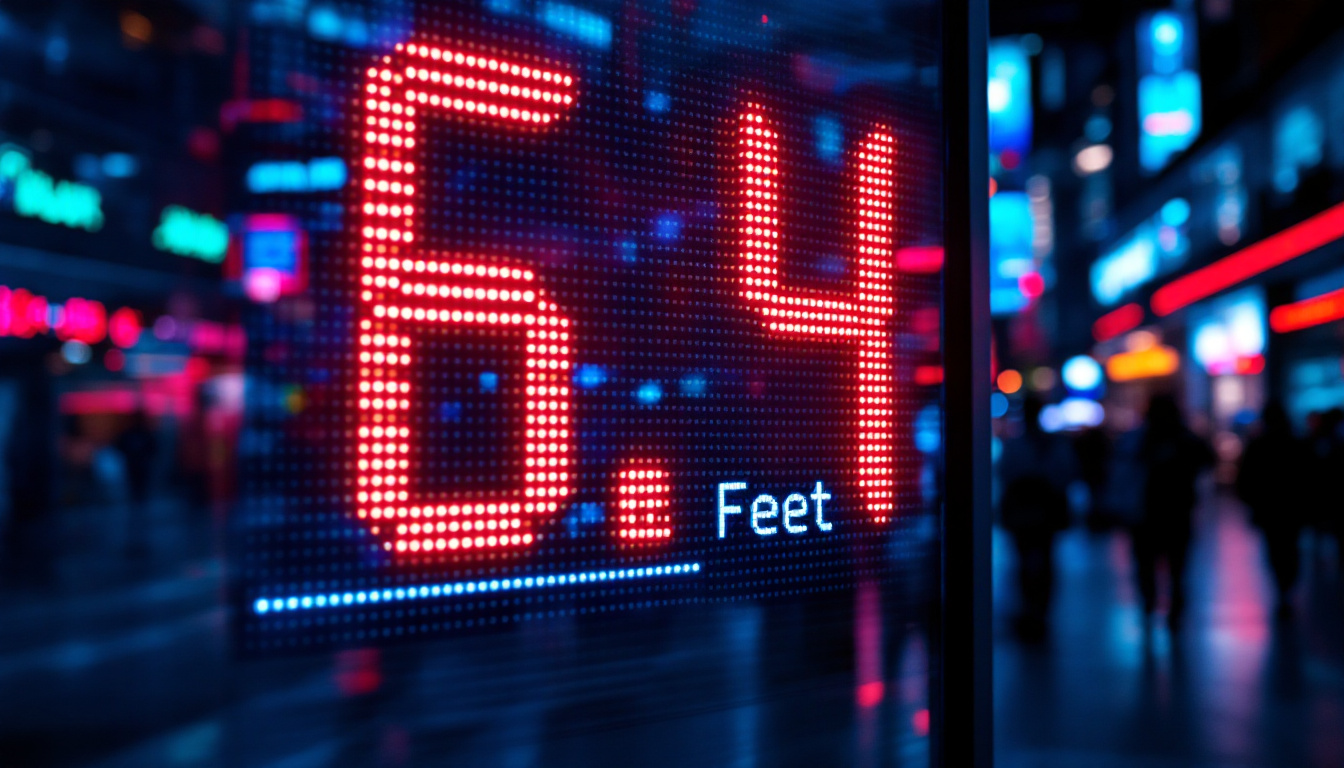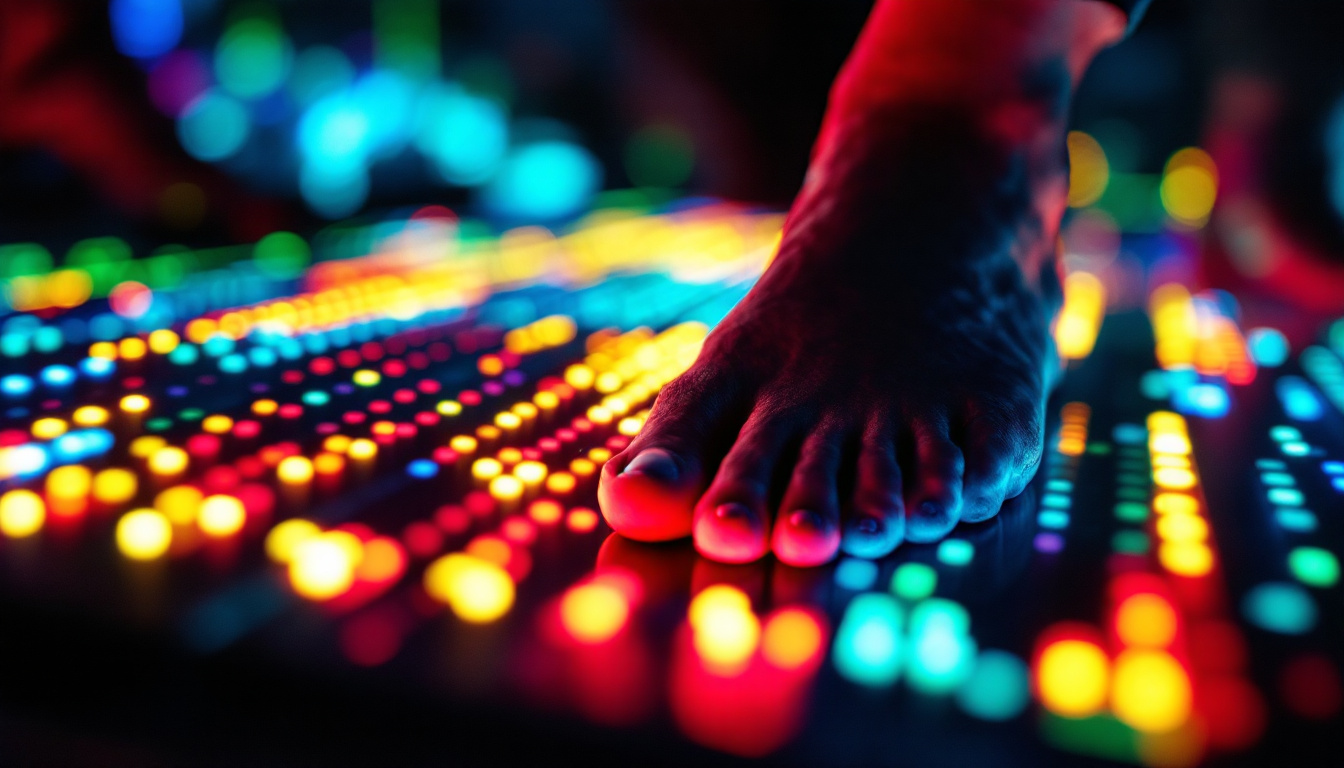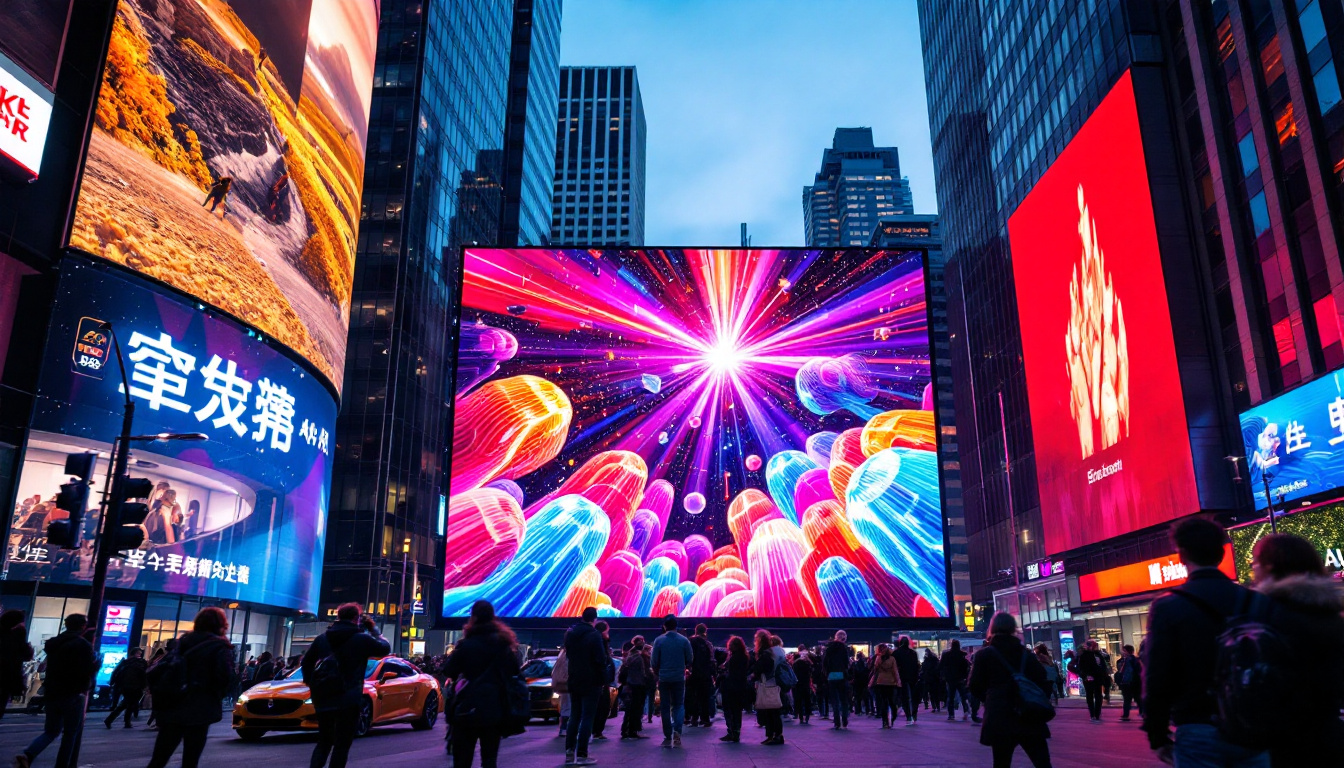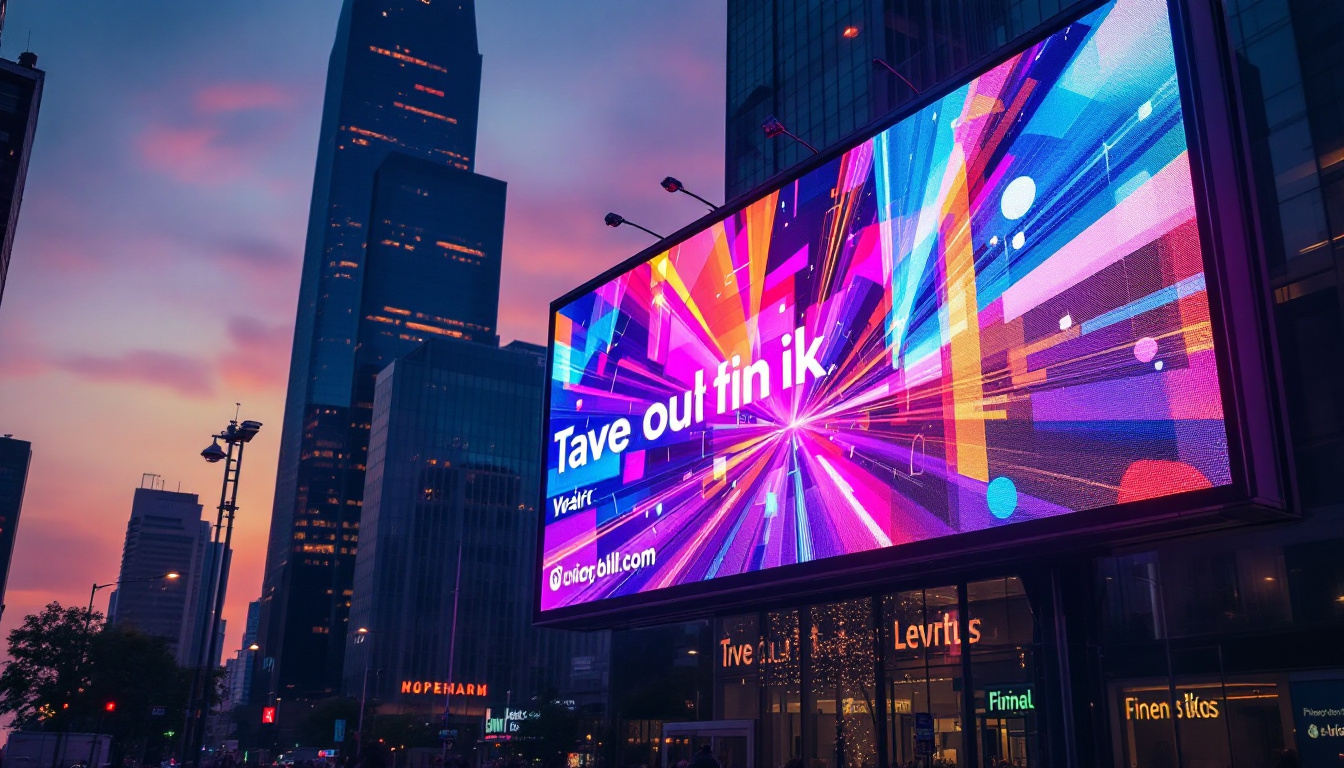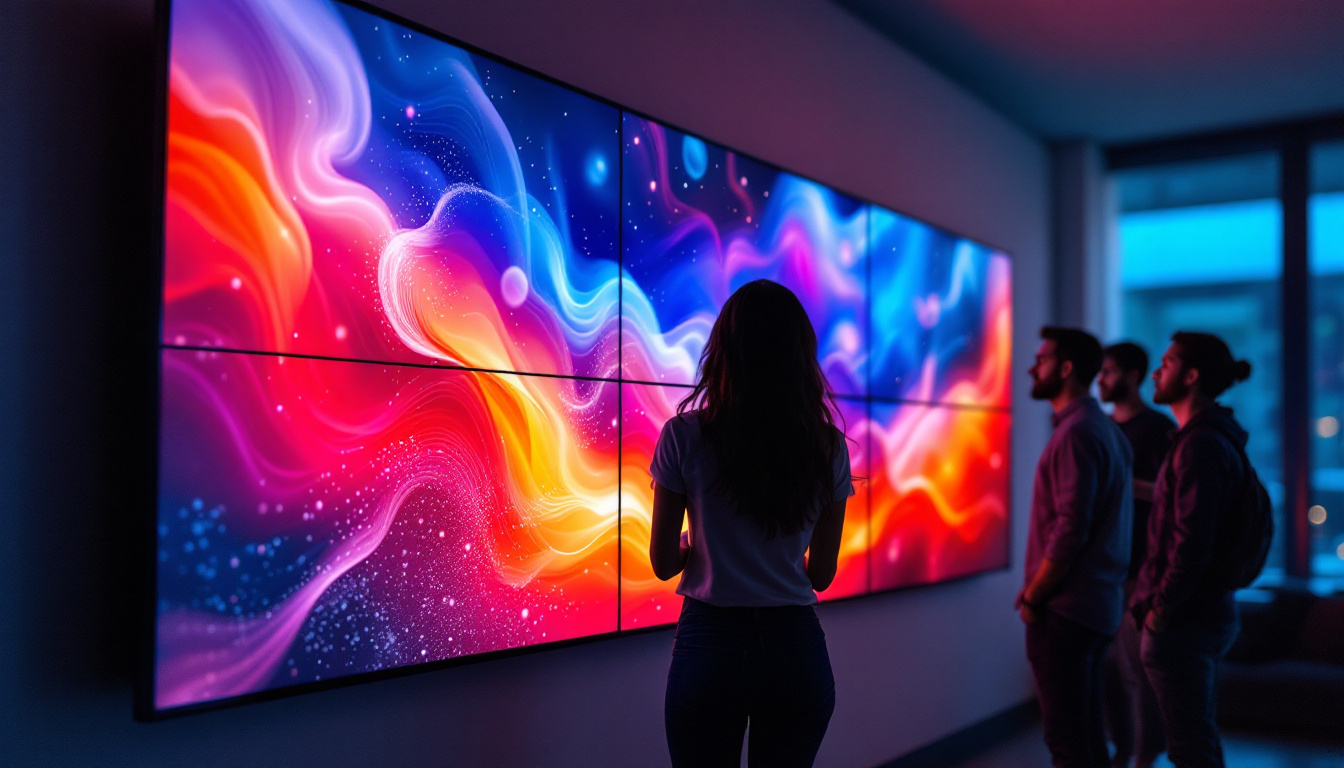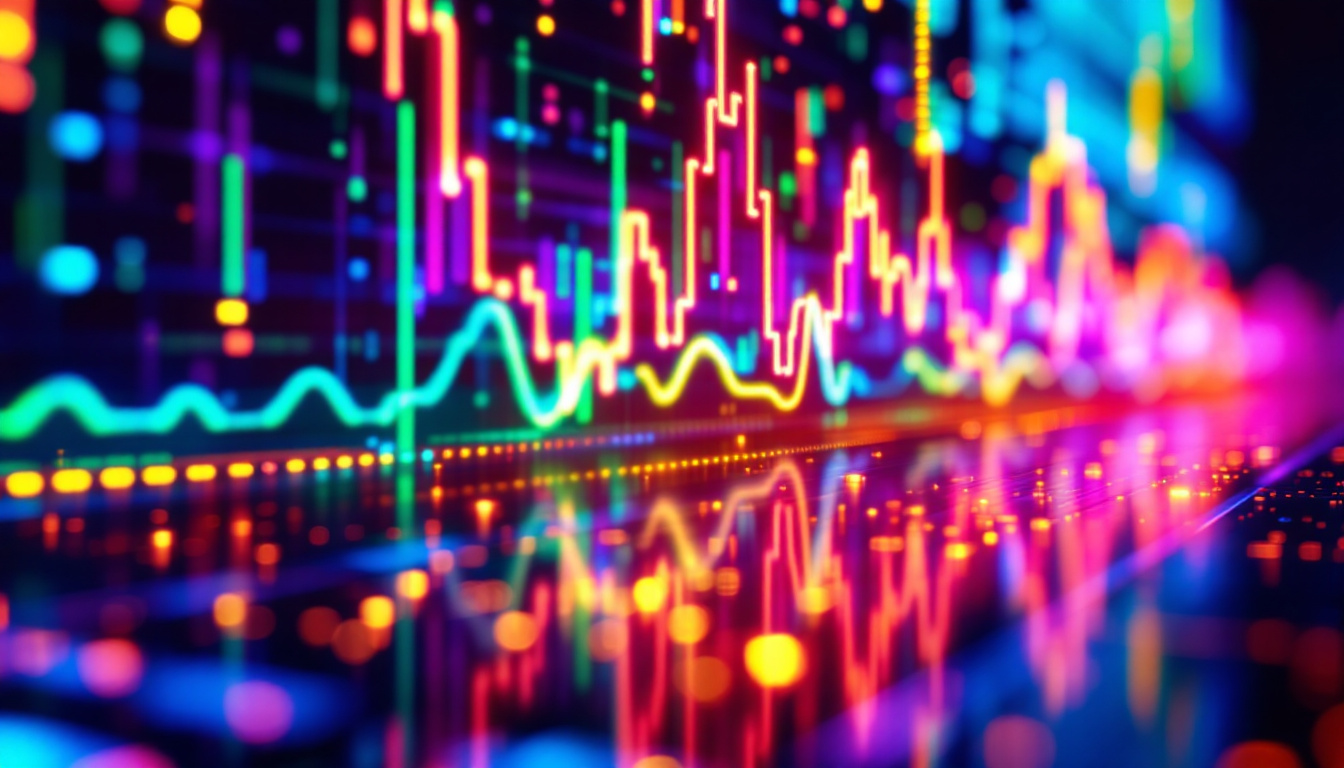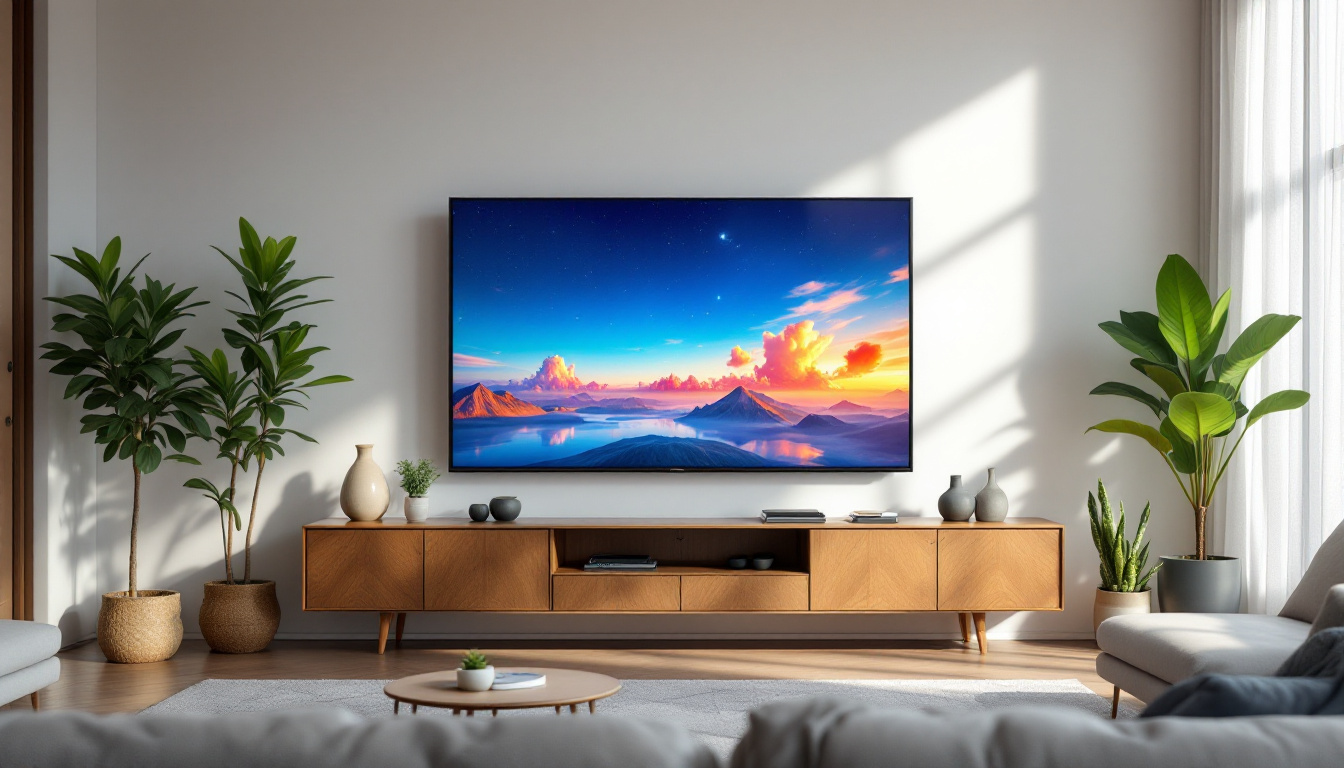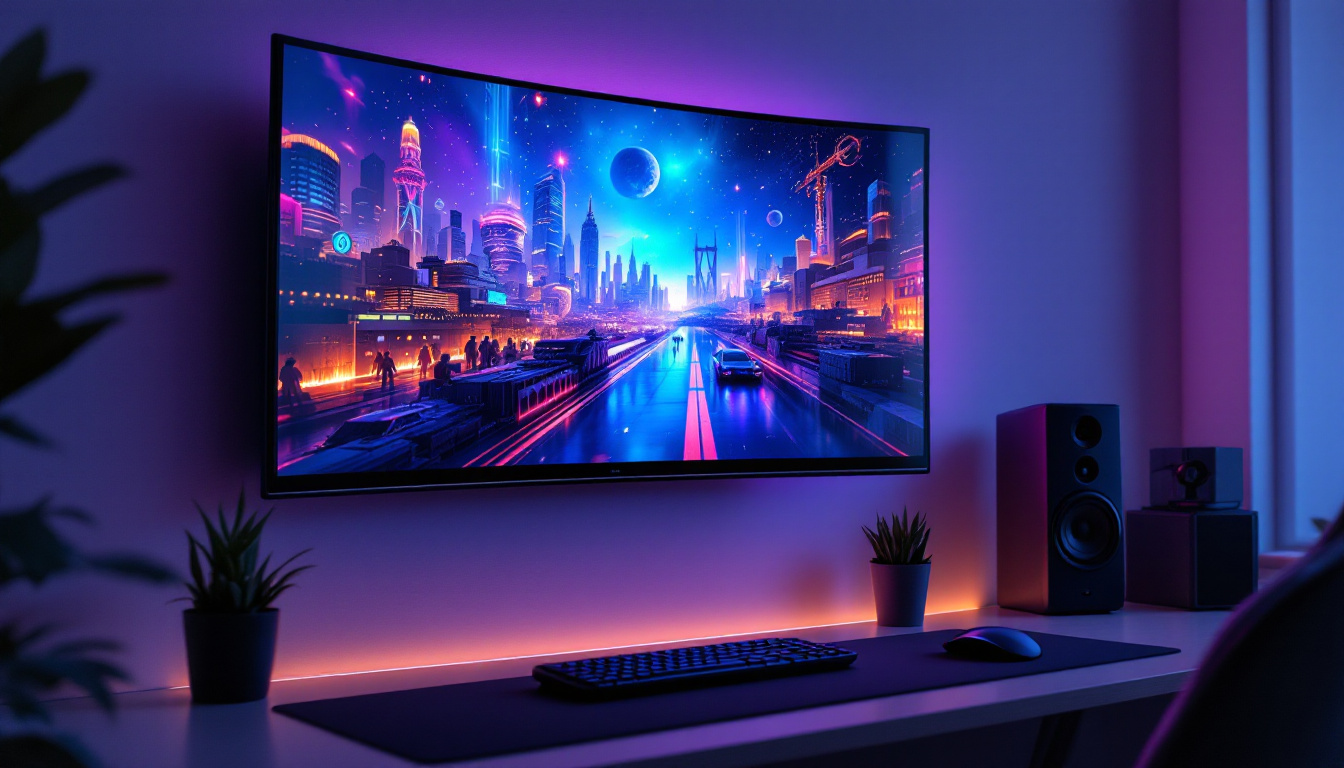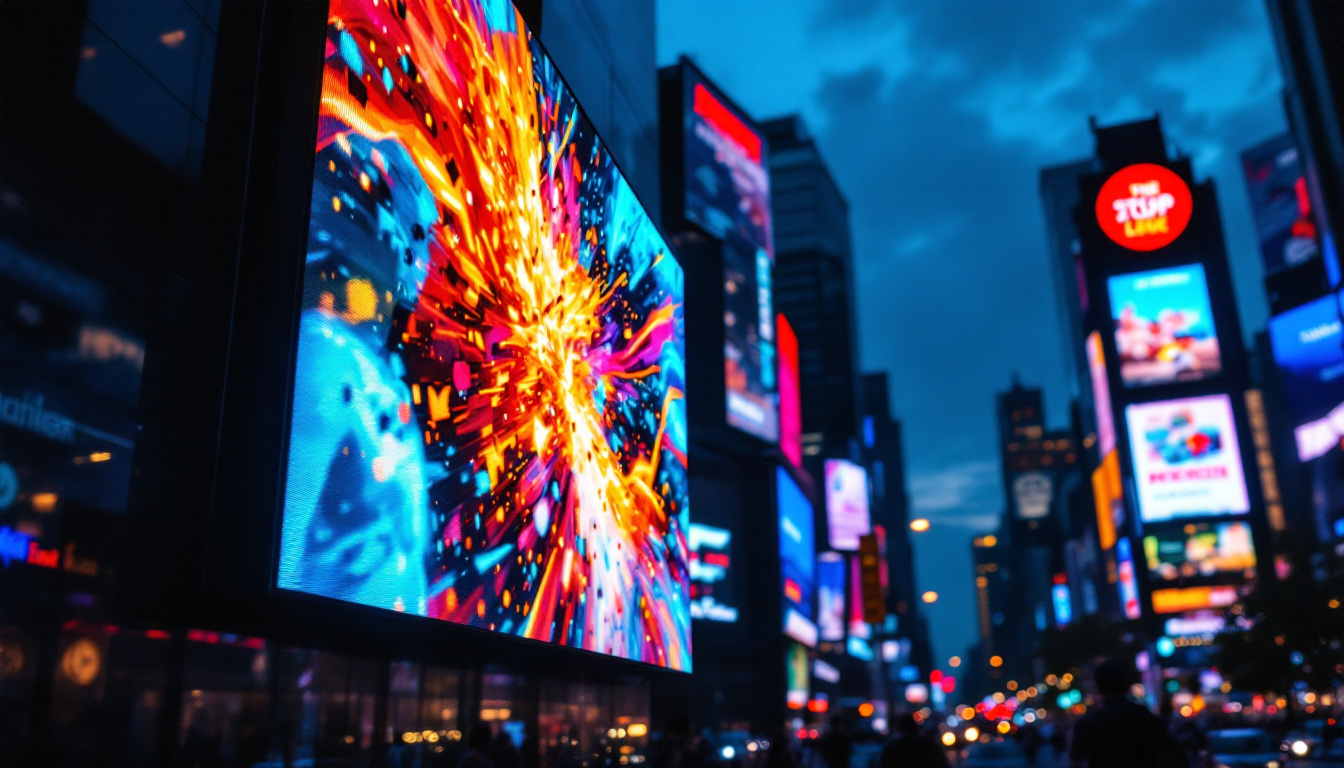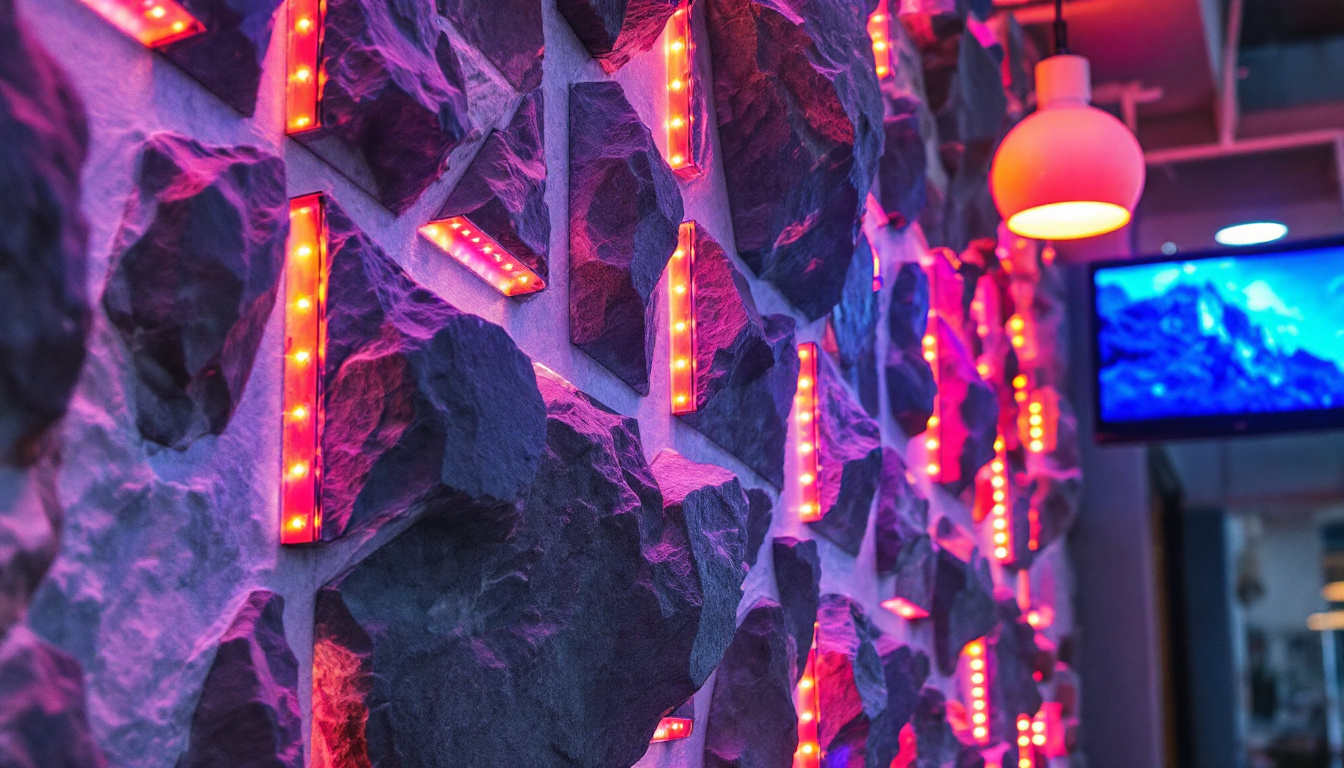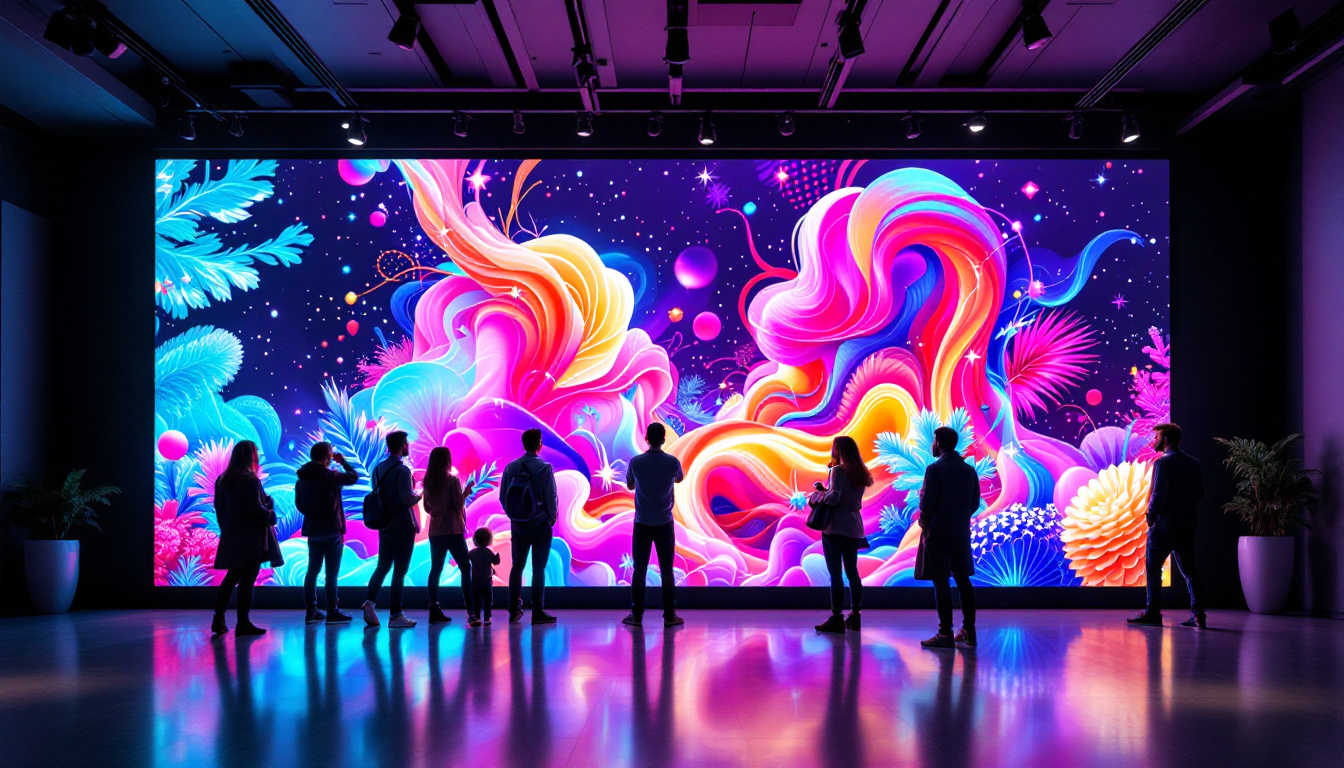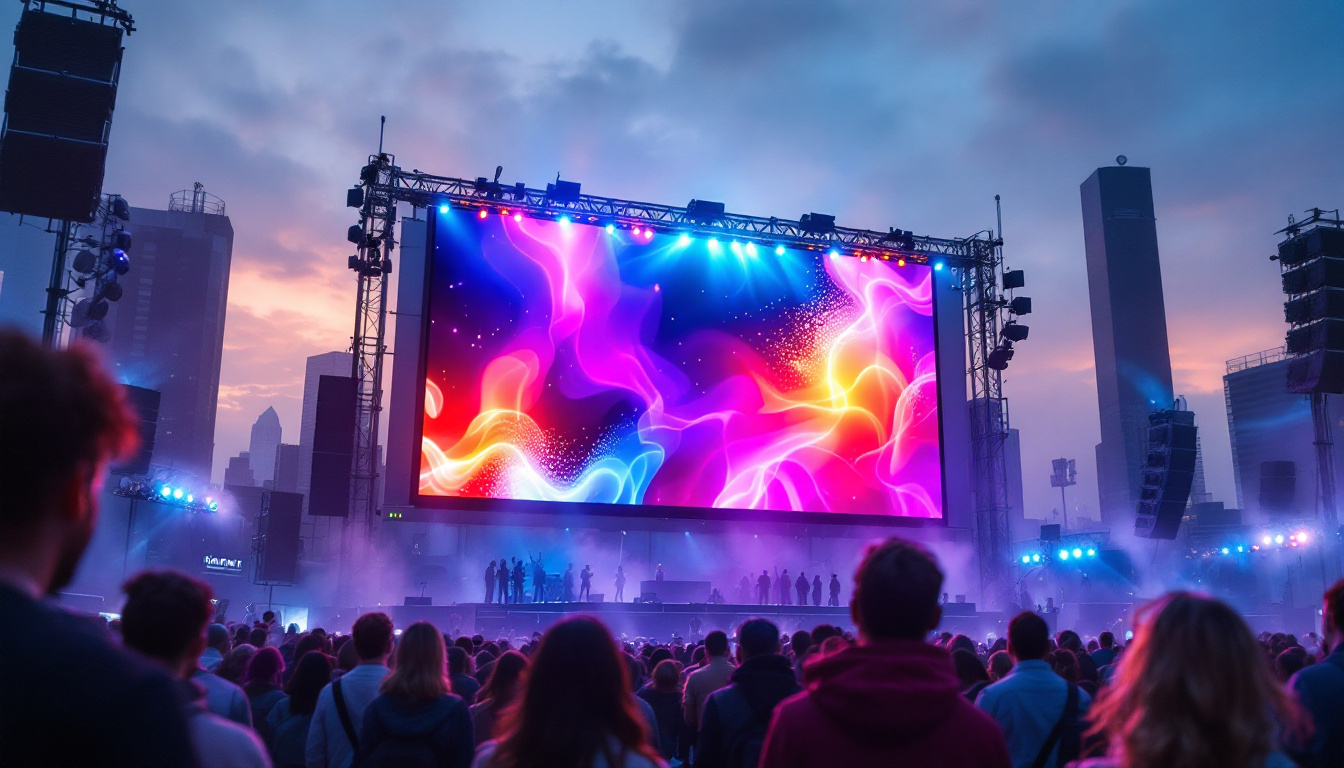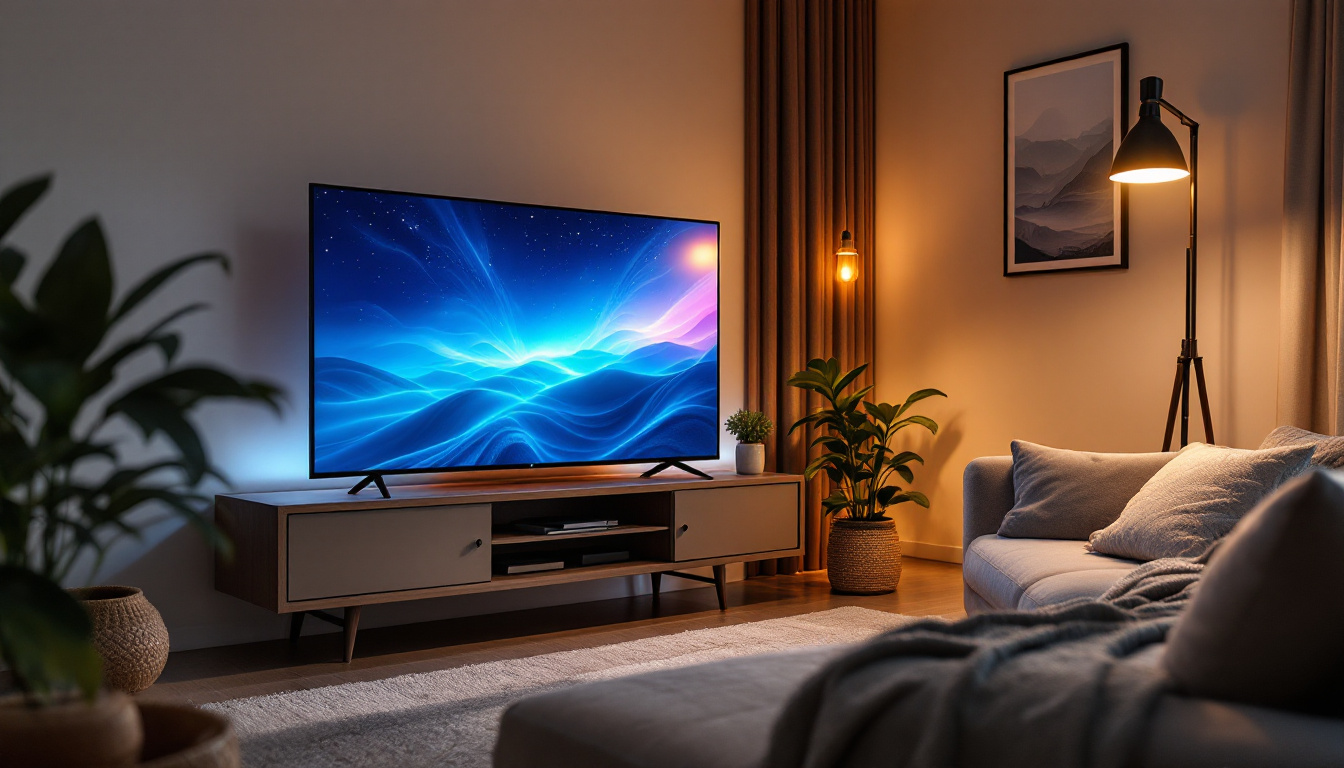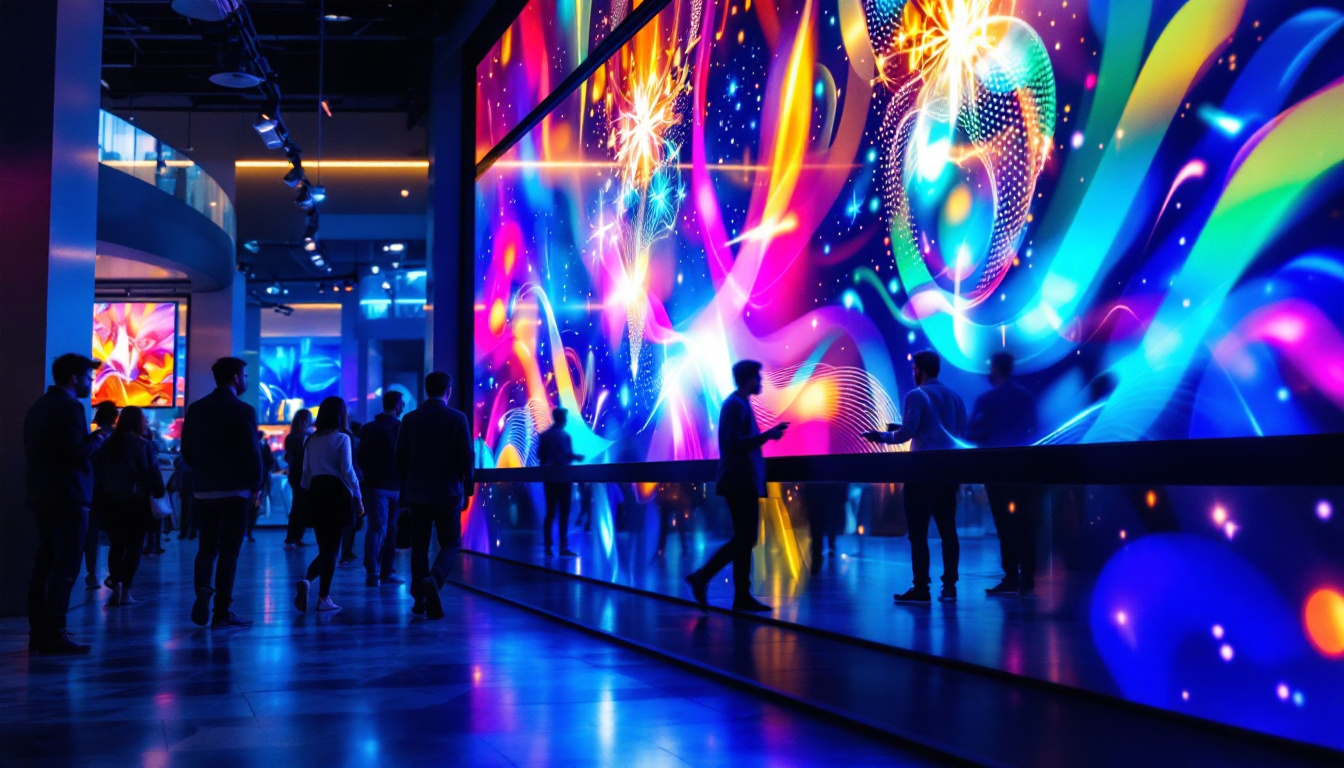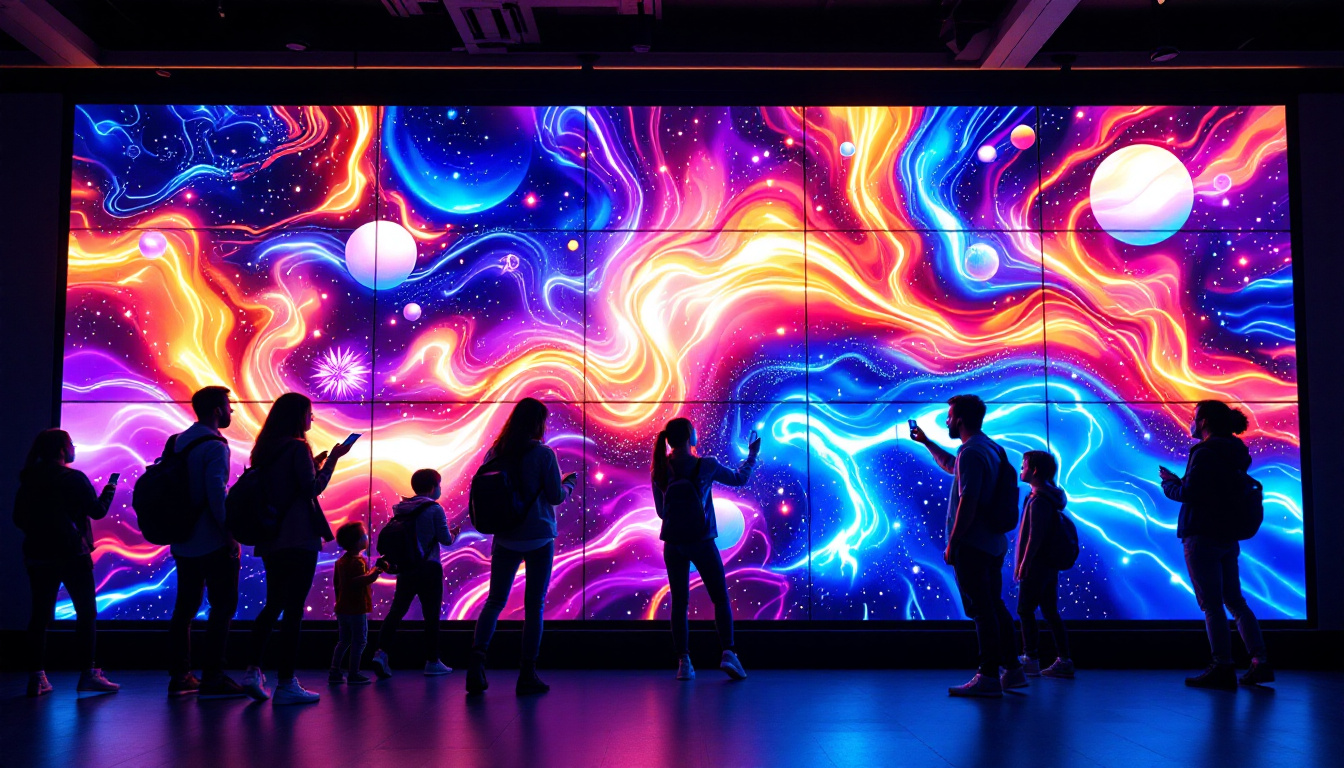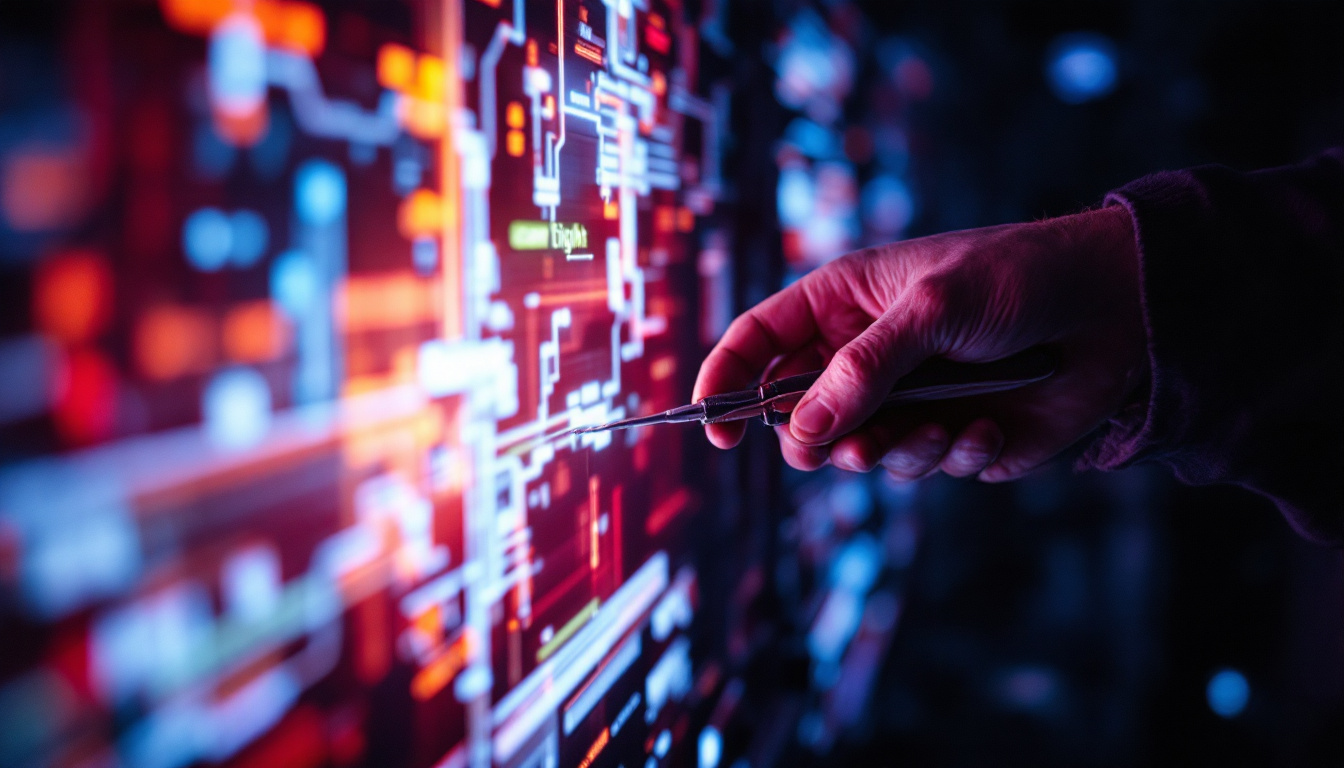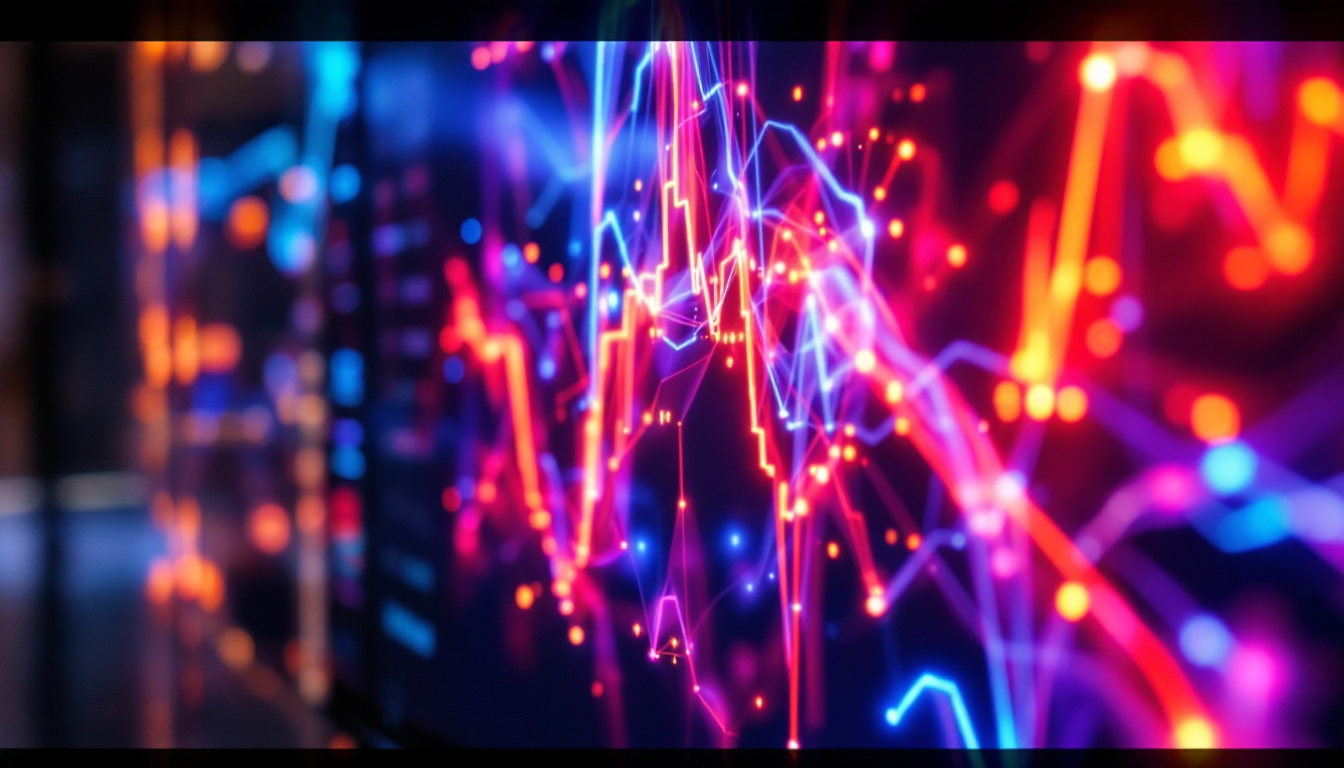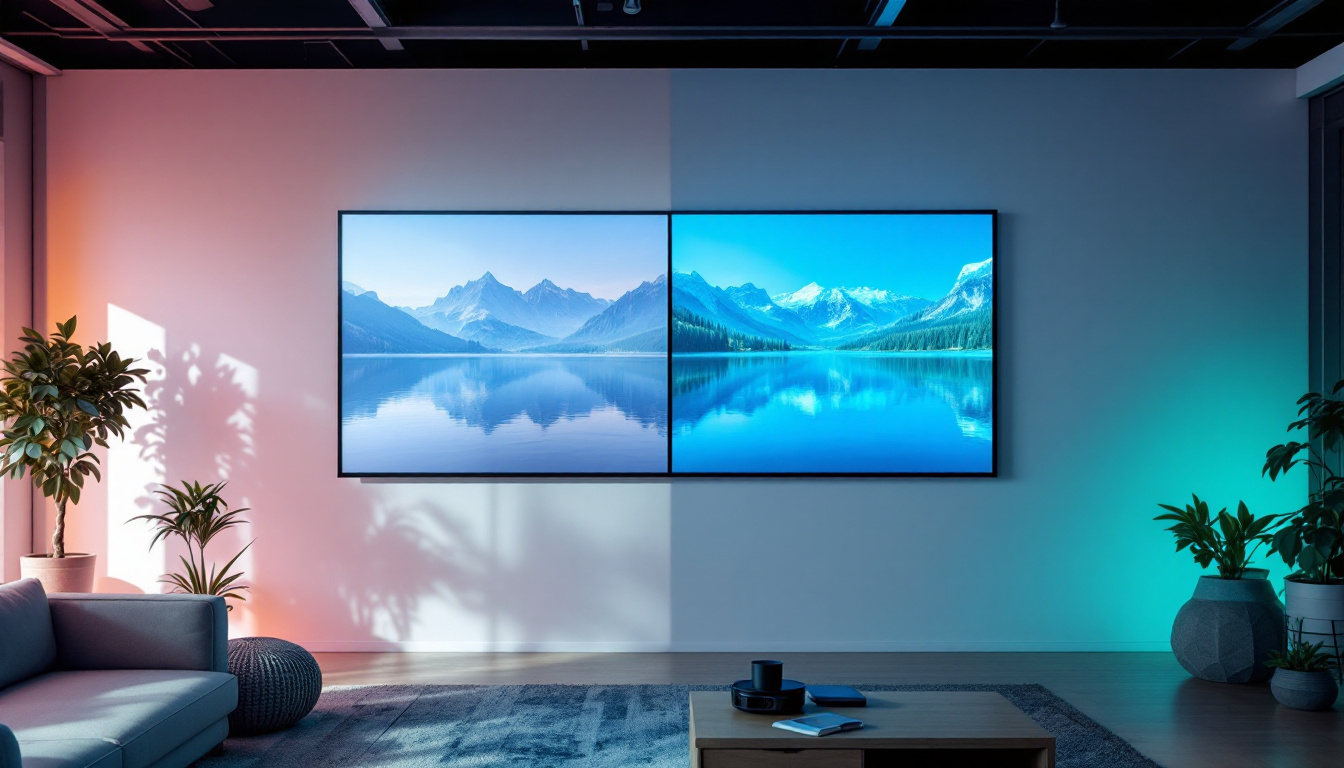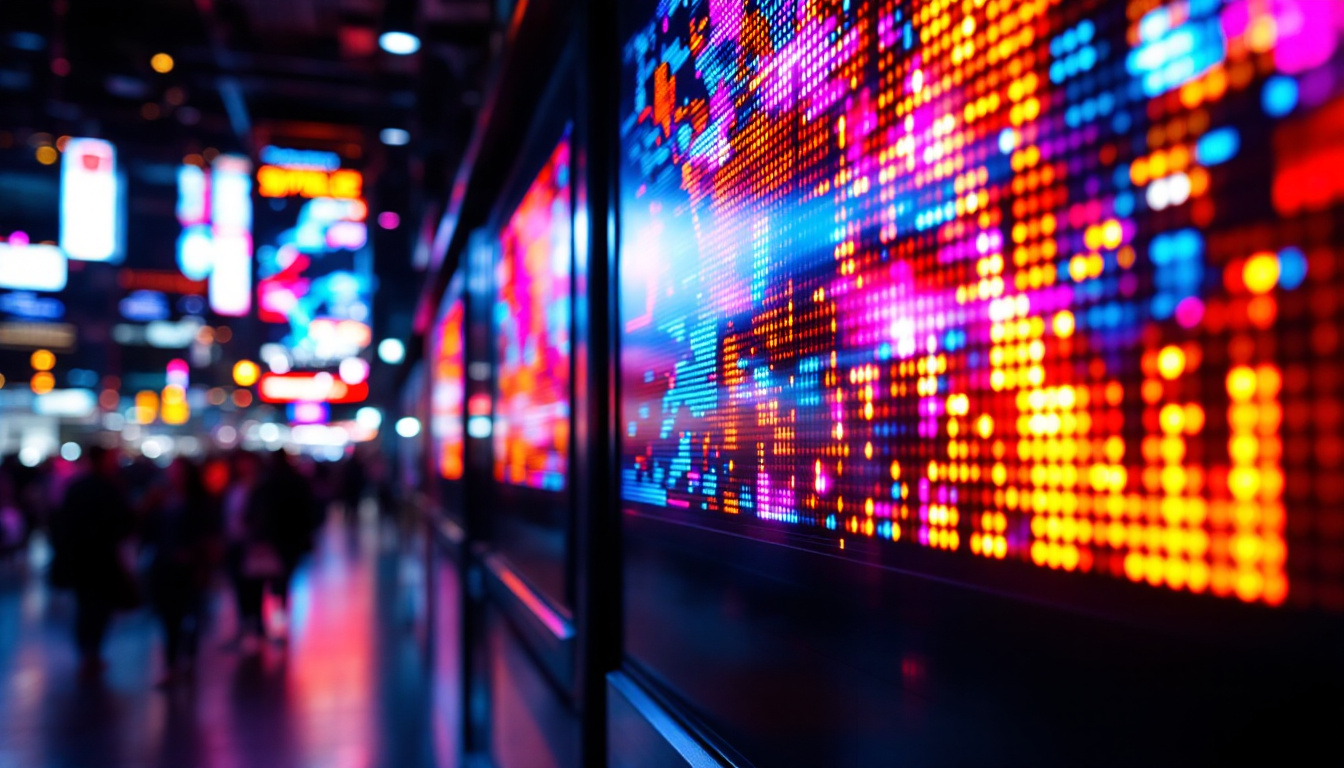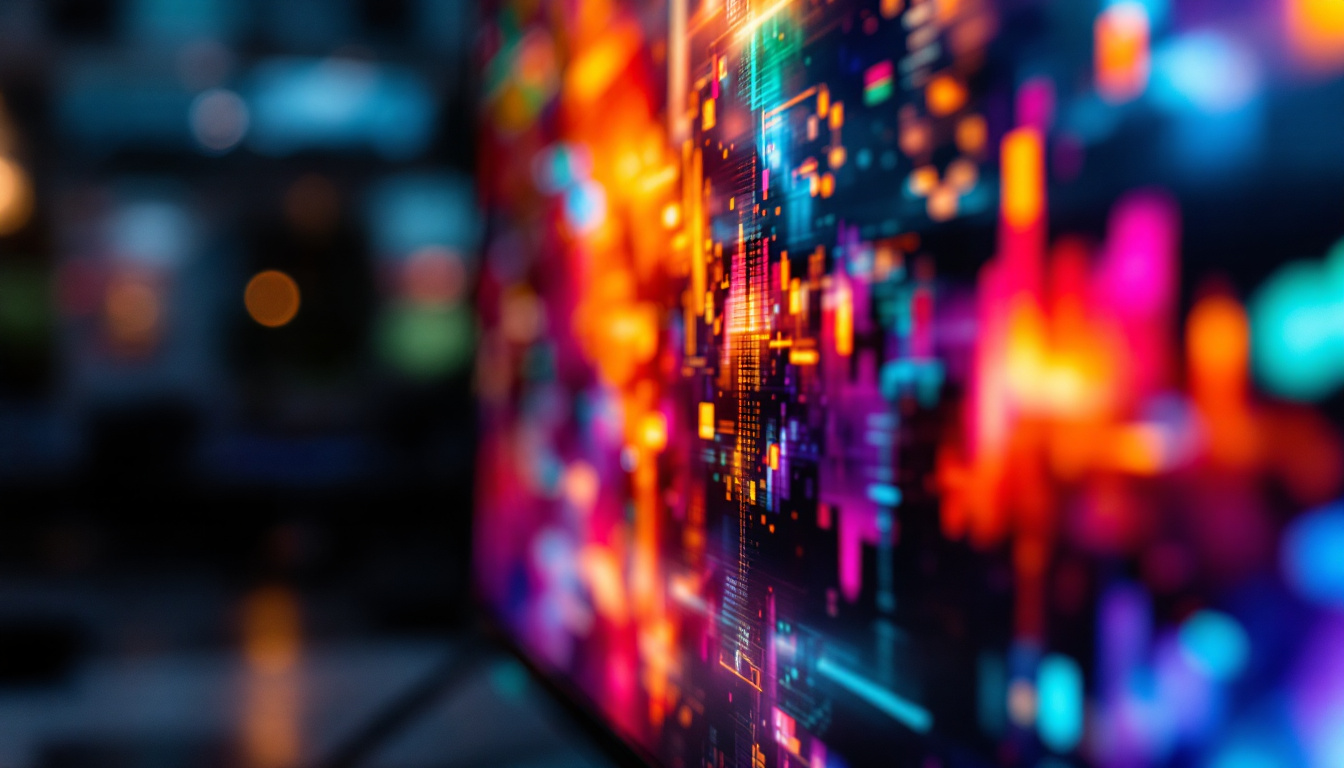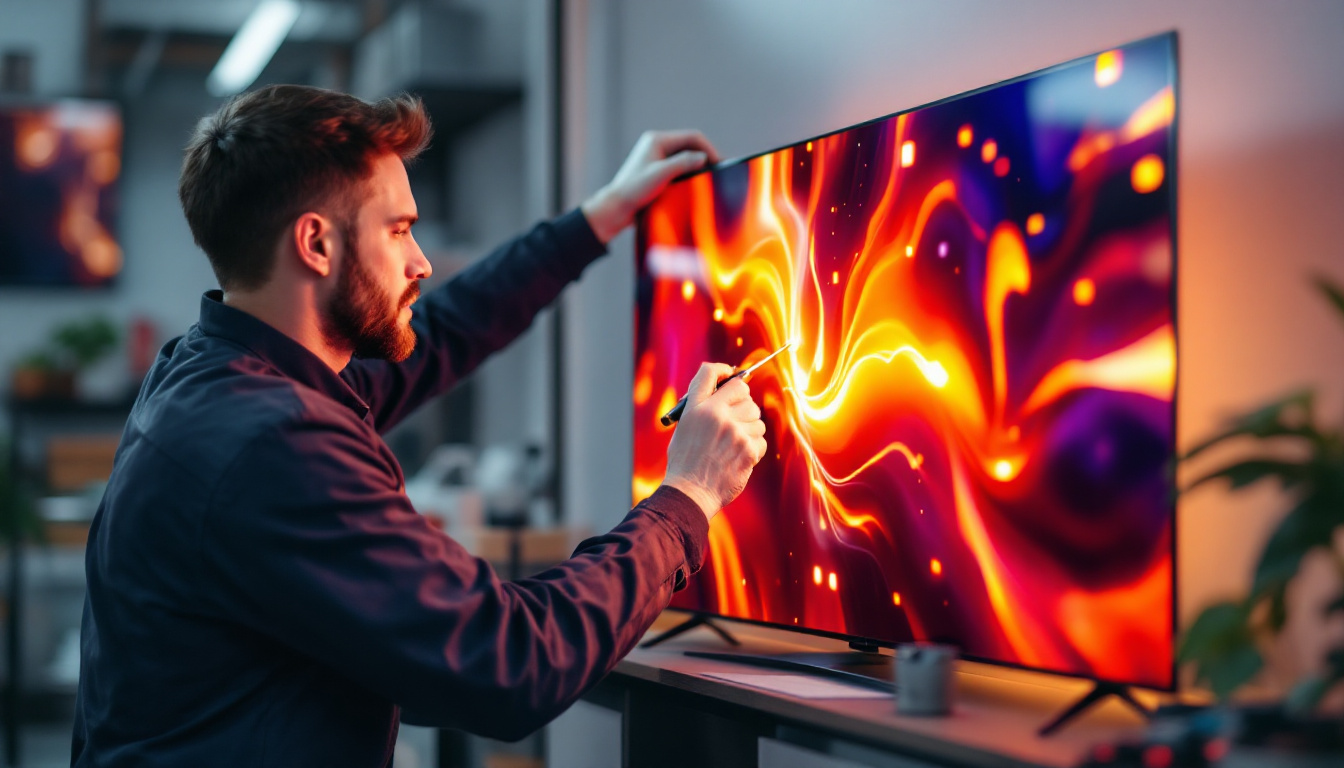In an era where visual communication is paramount, LED displays have emerged as a revolutionary tool for conveying information, entertainment, and branding. These dynamic screens are not just a technological marvel; they have transformed the way businesses and organizations engage with their audiences. This article delves into the intricacies of LED displays, exploring their functionality, applications, benefits, and future trends.
Understanding LED Displays
LED, or Light Emitting Diode, displays are a type of flat panel display technology that utilizes LEDs as a source of light. Unlike traditional LCD screens that rely on backlighting, LED displays emit light directly, resulting in brighter images and improved energy efficiency. This section will explore the fundamental components of LED displays and how they work.
How LED Displays Function
The core of an LED display consists of numerous individual LEDs arranged in a grid. Each LED can emit different colors, and by combining these colors, the display can produce a wide range of hues. The primary colors used in LED displays are red, green, and blue (RGB). By adjusting the intensity of each color, the display can create over 16 million different colors, making it suitable for vibrant and dynamic visuals.
LED displays can be classified into two main types: direct view and backlit. Direct view LED displays are composed entirely of LEDs, while backlit displays use LEDs to illuminate an LCD panel. Direct view displays are commonly used for large outdoor billboards and indoor screens, while backlit displays are often found in televisions and computer monitors.
Types of LED Displays
LED displays come in various configurations, each designed for specific applications. Some of the most common types include:
- Indoor LED Displays: These are designed for use in controlled environments such as shopping malls, conference centers, and theaters. They offer high resolution and vibrant colors, making them ideal for advertising and presentations.
- Outdoor LED Displays: Built to withstand harsh weather conditions, outdoor displays are often used for billboards and signage. They are brighter than indoor displays to ensure visibility in direct sunlight.
- Transparent LED Displays: These innovative displays allow light to pass through, making them perfect for storefronts and exhibitions where visibility is essential.
In addition to these common types, there are also specialized LED displays tailored for unique applications. For instance, flexible LED displays are gaining popularity in creative installations, allowing for curved or irregular shapes that can fit into unconventional spaces. This flexibility opens up new avenues for artistic expression and advertising, as brands can create immersive experiences that capture attention in ways traditional displays cannot. Furthermore, high-definition LED displays are becoming increasingly prevalent in sports arenas and concert venues, where the need for clarity and detail is paramount. These displays can provide real-time statistics, replays, and vibrant visuals that enhance the overall experience for spectators.
Another exciting advancement in LED technology is the development of microLED displays. These displays utilize microscopic LEDs that can be individually controlled, offering superior contrast ratios, color accuracy, and energy efficiency compared to traditional LED displays. MicroLED technology is paving the way for next-generation televisions and large-scale displays that promise to revolutionize the viewing experience. As the technology continues to evolve, we can expect to see even more innovative applications of LED displays across various industries, from entertainment to retail and beyond.
Applications of LED Displays
The versatility of LED displays has led to their widespread adoption across various sectors. From advertising to entertainment, their applications are vast and varied.
Advertising and Marketing
One of the most prominent uses of LED displays is in advertising. Businesses leverage these screens to showcase promotions, products, and services in a visually engaging manner. The ability to change content quickly and remotely allows for dynamic advertising strategies that can be tailored to specific audiences or events.
Moreover, the high brightness and contrast levels of LED displays ensure that advertisements are eye-catching, even in bright daylight. This capability has made them a preferred choice for outdoor billboards and digital signage in urban environments.
Entertainment and Events
In the entertainment industry, LED displays play a crucial role in enhancing the audience experience. Concerts, festivals, and sporting events utilize large LED screens to broadcast live performances, provide information, and create immersive environments. The ability to display high-resolution visuals in real-time allows for an engaging experience that captivates attendees.
Additionally, LED displays are increasingly being used in theaters and cinemas to create stunning visual effects and enhance storytelling. Their versatility allows for creative stage designs and dynamic backdrops that can transform any performance.
Corporate and Educational Settings
In corporate environments, LED displays are used for presentations, meetings, and training sessions. Their clarity and brightness ensure that information is easily visible to all attendees, regardless of the room’s lighting conditions. Furthermore, the ability to integrate with various technologies, such as video conferencing tools, makes them an invaluable asset for modern workplaces.
Similarly, educational institutions are adopting LED displays to enhance learning experiences. Interactive displays can facilitate engaging lessons, while large screens in auditoriums can be used for presentations and events, making information accessible to larger audiences.
Benefits of LED Displays
The advantages of LED displays extend beyond their visual appeal. They offer numerous benefits that make them an attractive choice for various applications.
Energy Efficiency
One of the most significant benefits of LED technology is its energy efficiency. LED displays consume less power compared to traditional display technologies, leading to reduced energy costs. This is particularly beneficial for businesses that operate large screens for extended periods, as the savings can be substantial over time.
Furthermore, the longevity of LED displays contributes to their cost-effectiveness. With a lifespan of up to 100,000 hours, LED screens require less frequent replacements, minimizing maintenance costs and environmental impact.
High Visibility and Quality
The brightness and contrast of LED displays are unmatched, making them highly visible in various lighting conditions. This characteristic is crucial for outdoor applications where sunlight can diminish the effectiveness of traditional displays. The superior image quality, with vibrant colors and sharp details, enhances viewer engagement and retention.
Additionally, LED displays support high-definition content, making them suitable for broadcasting detailed visuals, whether for advertising or entertainment purposes.
Flexibility and Customization
LED displays are incredibly versatile, allowing for various sizes, shapes, and configurations. This flexibility enables businesses to create custom solutions that fit their specific needs. For instance, modular LED displays can be assembled into different formations, making them ideal for unique installations in retail spaces or exhibitions.
The ability to update content remotely and in real-time further enhances the customization aspect, allowing organizations to tailor their messaging based on audience preferences or current events.
Challenges and Considerations
While LED displays offer numerous benefits, there are also challenges and considerations that potential users should be aware of before making an investment.
Initial Cost
The upfront cost of LED displays can be a significant barrier for some businesses. Although prices have decreased over the years, high-quality LED screens still represent a considerable investment. Organizations must weigh the initial costs against the long-term benefits to determine if LED technology aligns with their budget and goals.
Installation and Maintenance
Installing LED displays can be complex, requiring professional expertise to ensure optimal performance and safety. Proper installation is crucial, particularly for large outdoor displays that must withstand environmental factors. Additionally, while LED displays are durable, they may require maintenance over time, including cleaning and repairs, which can add to the overall cost.
Content Management
Managing content on LED displays can also present challenges. Organizations need to invest in content management systems that allow for easy updates and scheduling. Ensuring that content is engaging and relevant is essential for maximizing the effectiveness of LED displays, which may require dedicated resources or expertise.
Future Trends in LED Display Technology
The future of LED display technology is promising, with ongoing advancements that are set to enhance performance and expand applications. Several trends are emerging that will shape the landscape of LED displays in the coming years.
Integration with Smart Technology
As smart technology continues to gain traction, LED displays are increasingly being integrated with IoT devices and smart systems. This integration allows for enhanced interactivity and personalization, enabling businesses to create tailored experiences for their audiences. For instance, smart displays can adjust content based on real-time data, such as weather conditions or audience demographics.
Improved Resolution and Pixel Density
Advancements in LED technology are leading to higher resolutions and pixel densities, resulting in even sharper and more detailed images. This trend is particularly important for applications that require close viewing, such as retail environments and control rooms. As technology evolves, the gap between LED displays and traditional display technologies will continue to narrow.
Environmental Sustainability
With growing concerns about environmental sustainability, manufacturers are focusing on creating eco-friendly LED displays. This includes using recyclable materials, reducing energy consumption, and implementing sustainable manufacturing practices. As businesses become more environmentally conscious, the demand for sustainable display solutions is expected to rise.
Conclusion
LED displays have revolutionized the way information is communicated, offering vibrant visuals and dynamic content that engage audiences across various sectors. Their versatility, energy efficiency, and high-quality performance make them an invaluable tool for advertising, entertainment, and education.
While challenges such as initial costs and content management exist, the benefits of LED displays far outweigh the drawbacks. As technology continues to evolve, the future of LED displays looks bright, with innovations that promise to enhance their functionality and sustainability.
In a world where visual communication is key, LED displays are not just a trend; they are a critical component of effective engagement strategies. Organizations that embrace this technology will undoubtedly find themselves at the forefront of their industries, capturing the attention of audiences and leaving a lasting impression.
Discover LumenMatrix’s Innovative LED Solutions
Ready to elevate your visual communication strategy with cutting-edge LED technology? Look no further than LumenMatrix, where innovation meets impact. From vibrant Indoor and Outdoor LED Wall Displays to dynamic Vehicle and Sports LED Displays, our extensive range of solutions is designed to captivate and engage. Whether you’re looking to create an immersive Floor LED Display, a sleek LED Poster Display, or require a Custom LED solution tailored to your unique needs, LumenMatrix has you covered. Embrace the future of digital signage with our All-in-One and Transparent LED Displays. Check out LumenMatrix LED Display Solutions today and transform your space into a visual masterpiece.

